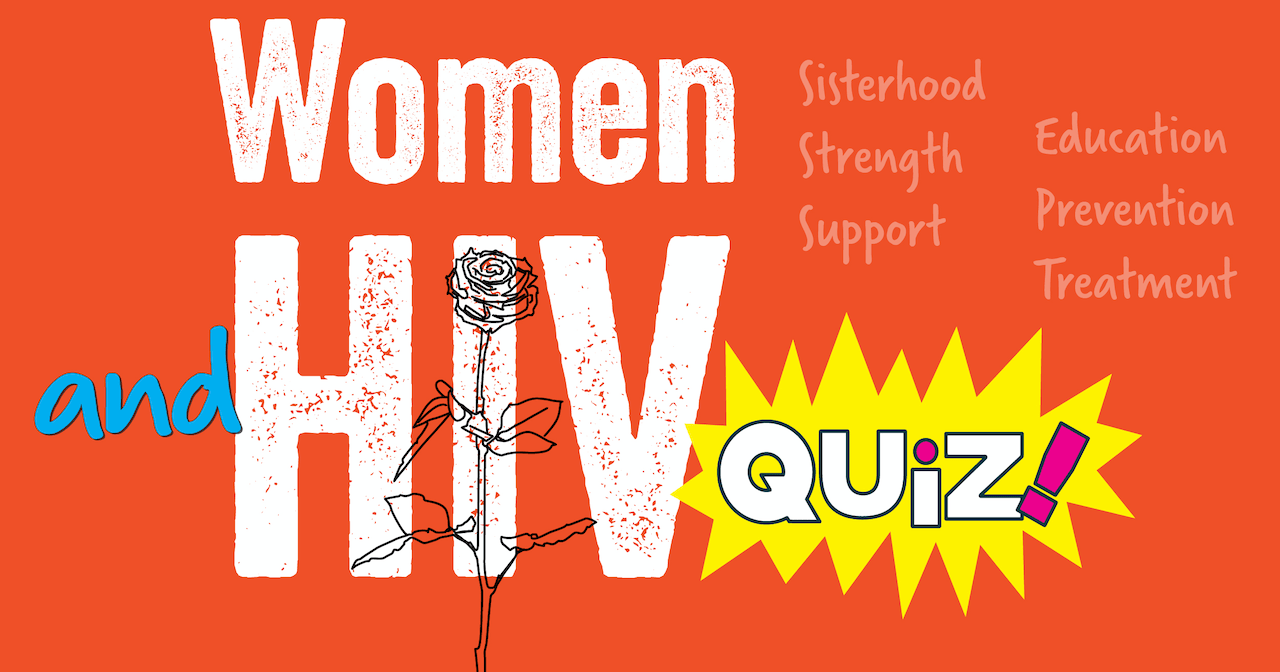Transgender people, particularly trans women, are heavily impacted by HIV. Trans women are among the groups most disproportionately affected by HIV in the U.S. According to the CDC, surveys conducted in seven U.S. cities found that four in 10 trans women had HIV. 62% of Black trans women and 35% of Latinx trans women surveyed had HIV, compared to 17% of white trans women. Nearly two-thirds of the women surveyed lived at or below the poverty line, and 42% had experienced homelessness within the past 12 months. In addition, adult and adolescent trans people comprised 2.5% of new HIV diagnoses in the U.S. – most of those diagnoses were among Black/African American trans women.
Trans women face many barriers to HIV treatment. According to HIV.gov, many trans women may distrust and avoid the healthcare system due to HIV stigma and past negative experiences, including being misgendered, verbally harassed, or having to educate their healthcare provider about trans people. Trans women of color also face systemic racism, which is a large barrier to getting HIV treatment. The CDC reports that trans women of color experience higher rates of poverty, homelessness, and unemployment compared to white trans women, making accessing HIV services more difficult.
According to a study published on HIV.gov about antiretroviral use in transgender populations, gender-affirming therapy is a greater priority than HIV treatment for many trans people, and concerns about the effects of antiretroviral (ART) drugs on gender-affirming hormone therapy are common. Integrating gender affirming care and HIV treatment is associated with higher rates of viral suppression. Physicians should receive proper education on hormone therapy to provide effective care for HIV-positive trans patients.







